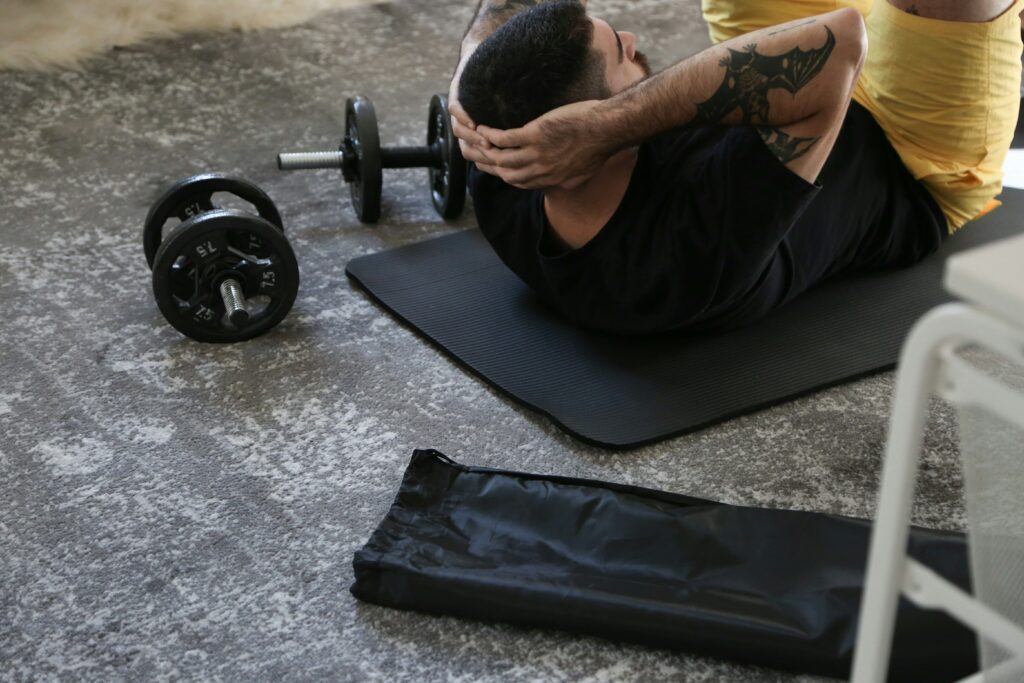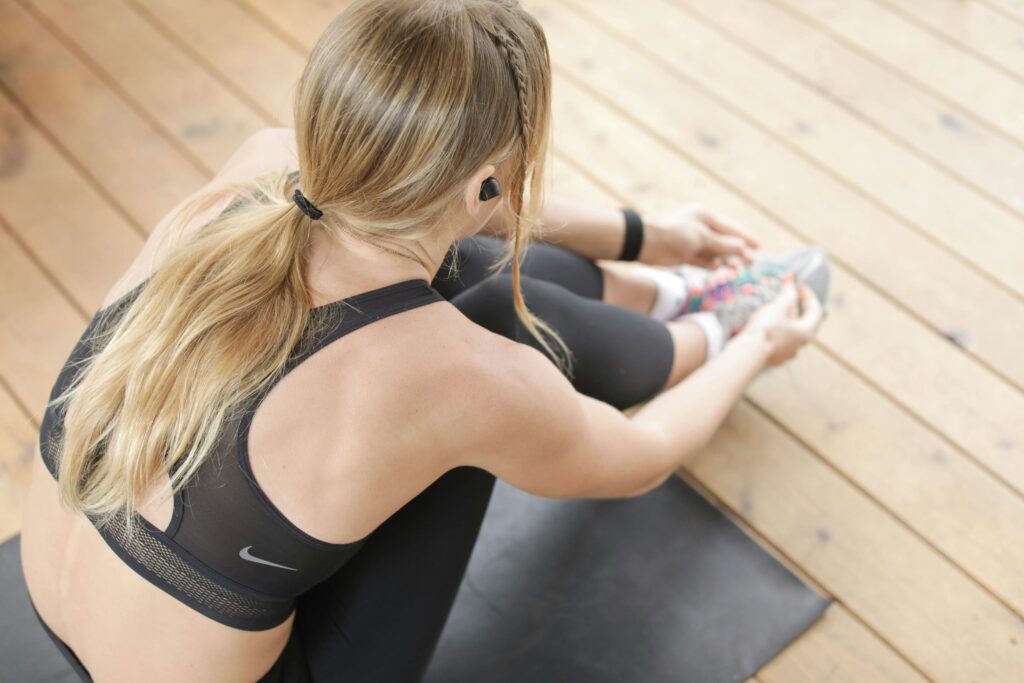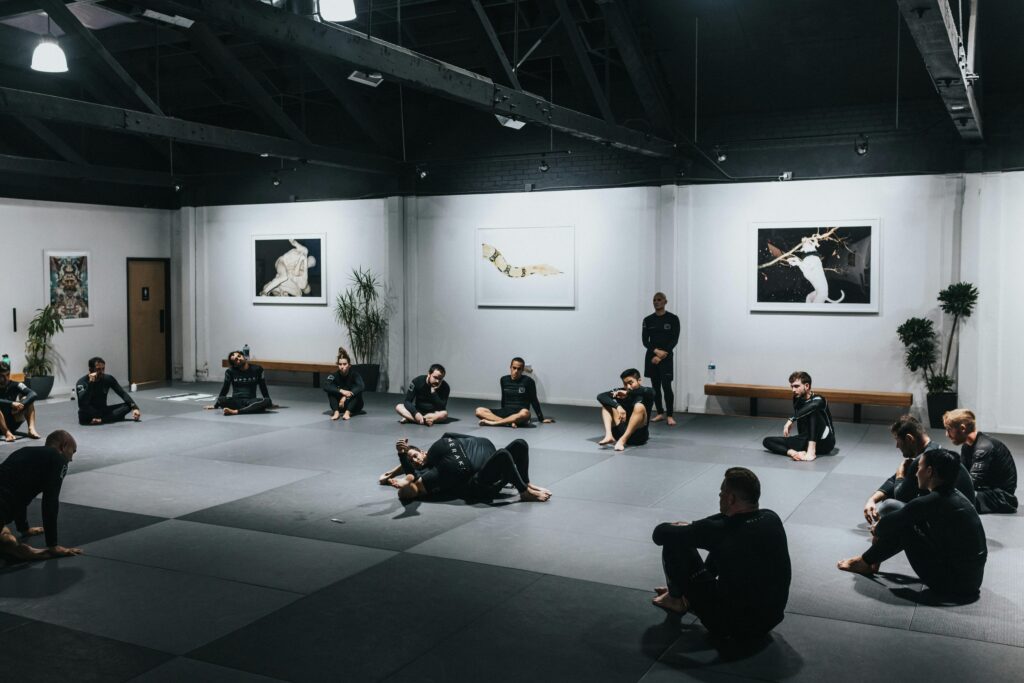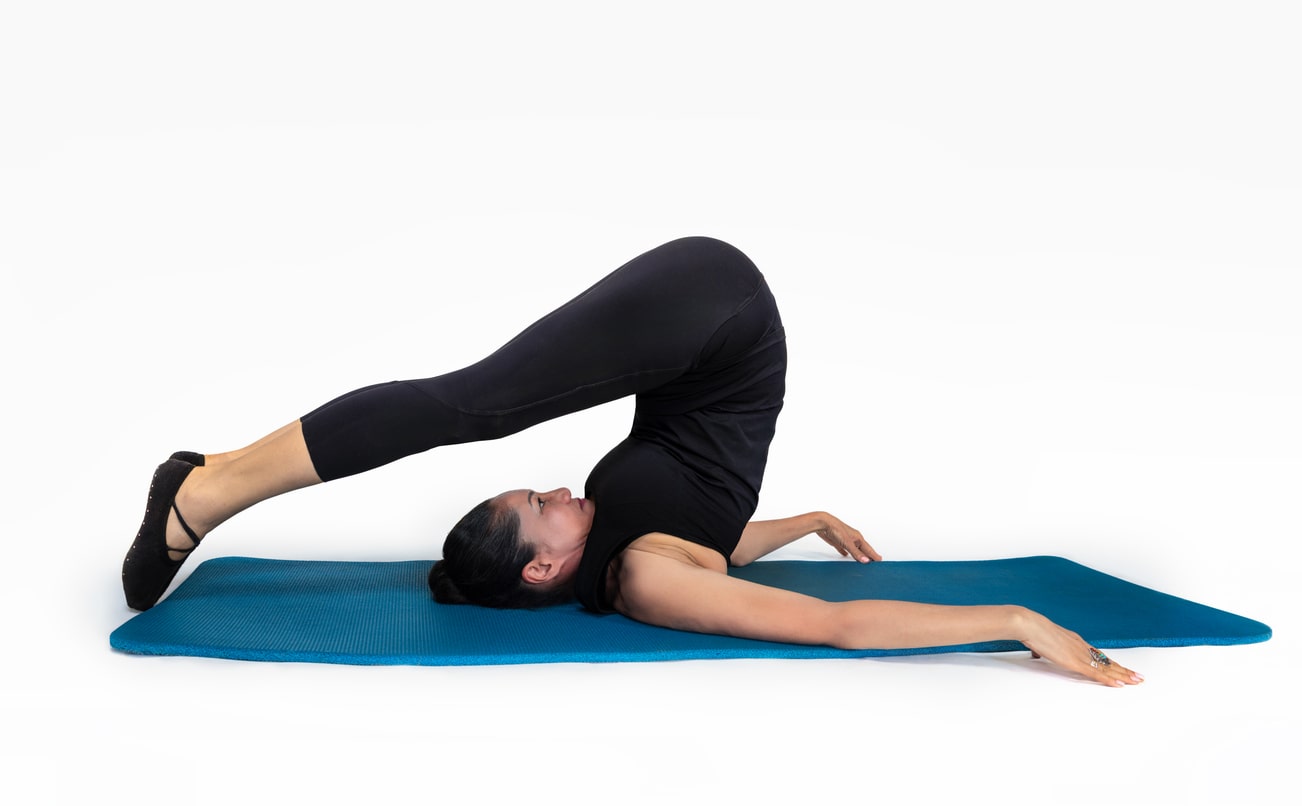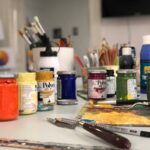Now Reading: Discover the Benefits of Drawing in Addiction Recovery
-
01
Discover the Benefits of Drawing in Addiction Recovery
Discover the Benefits of Drawing in Addiction Recovery
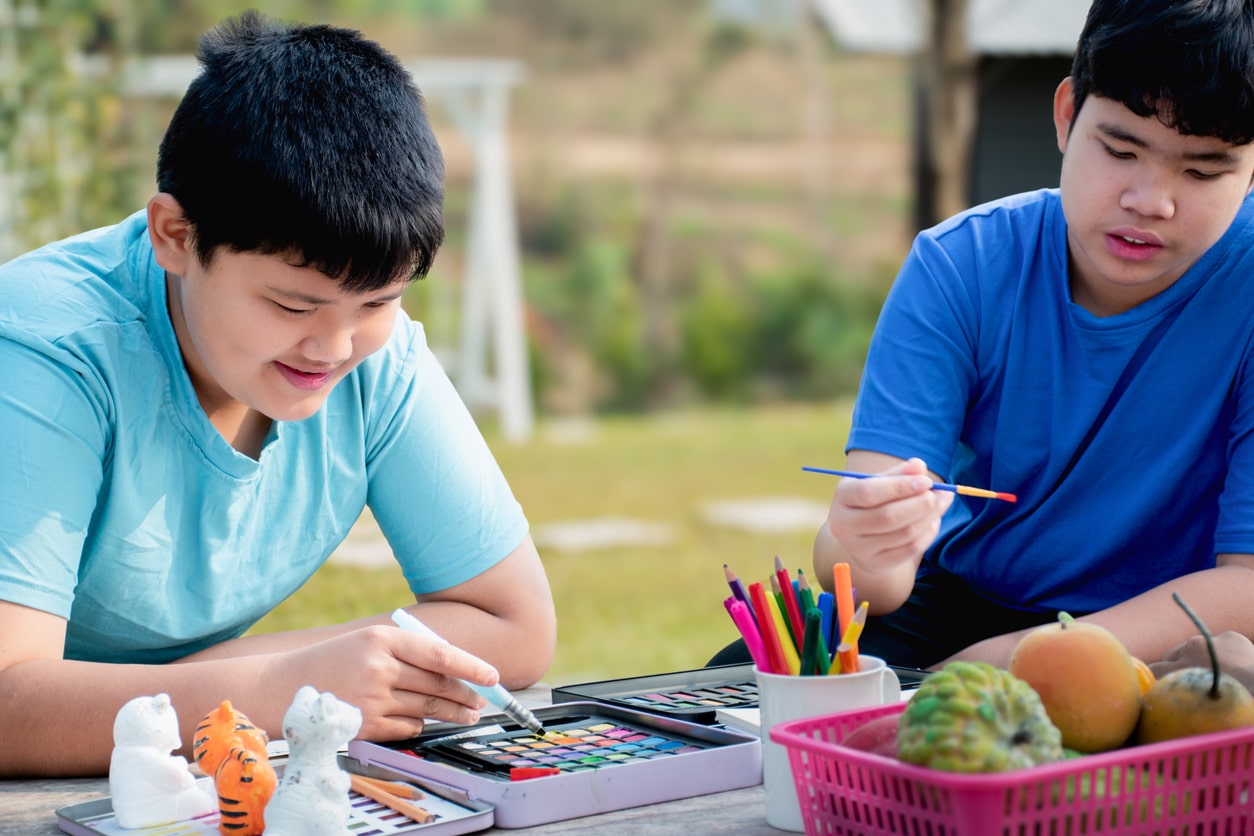
Recovery from addiction is a journey that involves healing the mind, body, and emotions. While traditional therapies like counseling and medication are essential, creative approaches offer a powerful way to support healing on a deeper level. One such method is drawing.
The benefits of drawing in addiction recovery go far beyond making art. Drawing helps people express emotions, manage stress, improve self-esteem, and reconnect with their inner selves. You don’t need to be an artist. What matters is the process—not the product.
In this article, we’ll explore how drawing supports recovery, and why creative art therapy is becoming a trusted part of many holistic treatment programs.
Why Creativity Matters in Recovery
Addiction often disconnects people from their emotions. It can also lead to shame, trauma, and difficulty in expressing what’s going on inside. Drawing provides a safe, non-verbal way to explore those emotions.
When someone picks up a pencil or pen to draw, they begin to:
- Process feelings they can’t put into words
- Visualize their recovery journey
- Release tension and anxiety through creative expression
- Build a sense of accomplishment
According to the American Art Therapy Association, creative expression helps people manage behaviors and feelings, reduce stress, and improve self-awareness—all essential tools in recovery 1.
The Psychological Benefits of Drawing in Addiction Recovery
1. Encourages Emotional Expression
During addiction, emotions are often numbed or avoided. In recovery, they can come back quickly and feel overwhelming. One of the major benefits of drawing in addiction recovery is that it gives people a way to express those feelings without needing to speak them.
Drawing helps people externalize fear, sadness, anger, or confusion. This process allows the brain to process emotions in a safe and gentle way.
A 2016 study published in Art Therapy: Journal of the American Art Therapy Association found that participants who engaged in art-making had lower levels of anxiety and were better able to express difficult emotions 2.
2. Reduces Stress and Anxiety
Withdrawal and early recovery can be incredibly stressful. The act of drawing—especially repetitive movements like shading or doodling—can activate the parasympathetic nervous system, helping the body relax.
Creating art lowers cortisol (the stress hormone) and encourages calm.
A 2018 study from Arts & Health showed that just 45 minutes of art-making significantly reduced cortisol levels in participants and improved their mood—even if they had no previous art experience 3.
3. Improves Focus and Mindfulness
Drawing requires attention to detail, which encourages mindfulness. It brings the mind into the present moment—an important skill for managing cravings and reducing relapse risk.
Mindful drawing, such as sketching from nature or coloring patterns, creates a meditative state that helps calm racing thoughts.
In recovery, building awareness of your thoughts and emotions is essential. Drawing supports this process without pressure or judgment.
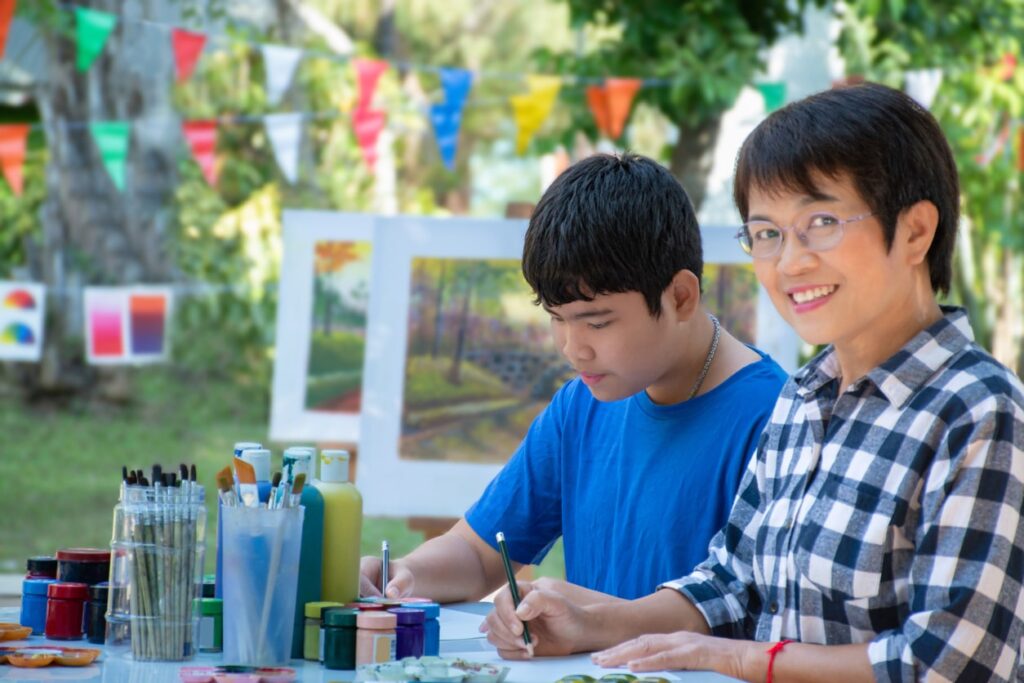
4. Boosts Confidence and Self-Esteem
Addiction often leaves people feeling broken or incapable. Drawing—even simple forms—offers a sense of accomplishment. Seeing a finished piece, no matter how basic, can rebuild trust in one’s abilities.
This boost in self-worth can translate into other areas of recovery. As confidence grows, so does the motivation to stay on the path of healing.
Many treatment programs now use drawing as part of group therapy, where individuals share their work and reflect on their experiences. This sharing builds connection and strengthens the recovery community.
How Drawing Supports the Brain in Recovery
Addiction changes brain function—especially areas related to reward, memory, and decision-making. Engaging in creative practices like drawing helps stimulate new neural pathways.
This process is called neuroplasticity—the brain’s ability to heal and adapt.
Drawing activates both the left (logical) and right (creative) hemispheres of the brain. It helps people:
- Think through problems visually
- Process memories safely
- Improve fine motor coordination
- Strengthen mental flexibility
By practicing drawing regularly, individuals help rewire the brain toward healthier patterns and coping strategies.
Practical Ways to Use Drawing in Recovery
You don’t need any special tools or training to begin experiencing the benefits of drawing in addiction recovery. Here are a few simple ways to get started:
1. Emotion Mapping
Draw shapes, colors, or symbols to represent how you feel today. Let your hand move freely without judgment.
2. Visual Journaling
Combine words and images in a notebook. This could be daily reflections, goals, or memories.
3. Draw Your Recovery Journey
Sketch a path, a mountain, or a river to represent your experience so far. Use visuals to express challenges and growth.
4. Doodle for Stress Relief
Keep a small notebook to doodle in when you feel anxious or triggered. Let your hand move without planning.
5. Join an Art Group
Many community centers and treatment programs offer creative support groups where you can share your work and connect with others.
Real-Life Story: Finding Healing Through Drawing
Monica, a 32-year-old in recovery from opioid addiction, discovered the power of drawing during a group therapy session.
“I was nervous at first. I hadn’t drawn since I was a kid. But the therapist told us to draw our feelings, so I did. I ended up sketching this stormy sea with a small boat. It was me. That little boat. For the first time, I saw my emotions on paper. It made them feel real—but also manageable. Drawing became my daily tool to check in with myself.”
Monica’s story reflects a common truth: Drawing opens doors that words sometimes cannot.
The Role of Art Therapy in Treatment Programs
More rehab centers are now including art therapy as part of their holistic treatment plans. Licensed art therapists guide clients through creative sessions that combine expression with healing.
These sessions may include:
- Themed prompts (e.g., “draw your safe space”)
- Group art-making
- Reflection and sharing
- Exploring personal symbols or metaphors
Art therapy helps uncover the root causes of addiction, supports trauma recovery, and builds emotional regulation skills in a gentle, accessible way.
Final Thoughts: Draw Your Way to Healing
Recovery is not just about stopping a behavior—it’s about reconnecting with yourself. The benefits of drawing in addiction recovery include emotional release, stress relief, increased confidence, and a deeper understanding of your journey.
You don’t need talent. You don’t need fancy tools. You only need the courage to begin.
Pick up a pencil. Let your story unfold—line by line, shape by shape. You may be surprised at how much healing lives on the page.
Sources
Would you like a blog-ready HTML version or a meta description to go with this article?
Footnotes
- American Art Therapy Association. (2023). What is Art Therapy? [https://arttherapy.org] ↩
- Kaimal, G., Ray, K., & Muniz, J. (2016). Reduction of Cortisol Levels and Participants’ Responses Following Art Making. Art Therapy: Journal of the American Art Therapy Association. ↩
- Walsh, R., & Gale, C. (2018). Art-making for stress reduction. Arts & Health: An International Journal of Research, Policy and Practice. ↩

Jen Sheldon is a seasoned writer with a passion for fitness, health, wellness, and addiction treatment. With years of experience crafting insightful and research-backed content, she helps readers navigate their journey toward better well-being. When she’s not writing, you’ll find her exploring new workout routines or diving into the latest health trends.











